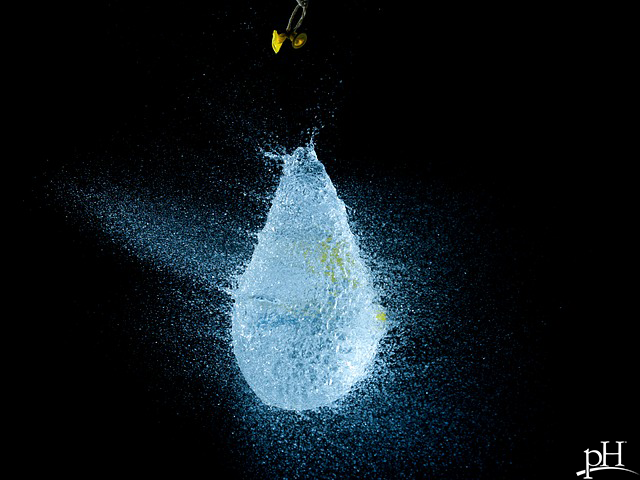Fluid retention: Swollen ankles a sign of something more?
10 years ago | Extracellular Water
By pH health care professionals
Humans – we’re made of water, right? So why is fluid retention a problem?
Generally speaking, the normal water content in a female body is between 45-60 percent and 50-65 percent in a male body, and these percentages tend to decrease with age. So for example, a 160-pound person may contain just under 100 pounds of water. But sometimes water pools where it shouldn’t, such as in the lower legs and ankles, the abdomen, the fingers or the face. Sometimes that puffy appearance in the face or other areas of the body is simply the result of increased sodium in your diet, but fluid retention can also be a sign of more serious conditions, such as heart, liver or kidney problems. Fluid retention can lead to difficulty tolerating exercise, shortness of breath and excessive strain on the heart.
What causes fluid retention?
Here are some lifestyle, environmental and medical conditions that can cause fluid retention:
- Physical inactivity. Standing for prolonged periods of time causes blood and water to pool in the veins of the legs. Pressure in these vessels and lymph vessels builds up and leaks water into the surrounding tissue. This causes swollen lower legs and ankles, called edema. With lower leg edema, you’ll notice dimples after applying pressure with your finger. This may be more pronounced the heavier a person is. If swelling of both legs occurs on a regular basis or while at rest, this is usually a warning sign that there may be an underlying health problem.
- Poor dietary habits and increased sodium intake.
- Pregnancy, excess weight and hormonal changes.
- Hormonal abnormalities such as increased estrogen, low thyroid hormones.
- Enlarged veins or weak vein valves (venous insufficiency), injury or blockages in the venous system, or just any conditions that impair blood flow in the veins.
- Increasing weakness of the heart muscle or congestive heart failure.
- Chronic lung diseases.
- Certain kidney diseases with compromised ability to excrete urine. Eyelid swelling or general puffiness can occur in people with kidney diseases.
- Low protein in the plasma. Either proteins are not adequately ingested (malnourishment), may be lost through the kidney, or are not produced in sufficient amounts.
- Certain medications, such as certain blood pressure medications like some ACE inhibitors or angiotensin blockers, or the depression drug amitriptyline.
- An unusually expanding belly with fluid accumulating in the abdomen may be a sign of advanced liver disease.
What can you do to be proactive about water retention?
- Eat a healthy diet with right amount of calories, proteins, healthy fats and limited carbs to maintain your ideal weight. Ideally, opt for organic foods to limit your exposure to toxins, plastics and pesticides.
- Reduce sodium in your diet to less than 2,300 mg daily, instead of the average American’s 3,400 mg daily.
- Exercise regularly. Do some jogging or try rebounding, which helps the circulatory system and keeps lymph fluids moving.
- Drink plenty of water. It actually helps reduce water retention
- Avoid excessive alcohol and caffeine because they are dehydrating.
- Check your hormone levels periodically to rule them out as a reason for fluid retention.
- Reduce activities with long periods of standing or sitting. Or use support stockings.
- Check with a doctor to see if there may be other reasons for your fluid retention.
- Measure your intracellular (water inside your cells) and extracellular (water outside your cells) water ratio with a pH Body Composition assessment. This is a key marker for water retention.
Enjoy Your Healthy Life!
The pH professional health care team includes recognized experts from a variety of health care and related disciplines, including physicians, attorneys, nutritionists, nurses and certified fitness instructors. This team also includes the members of the pH Medical Advisory Board, which constantly monitors all pH programs, products and services. To learn more about the pH Medical Advisory Board, click here.



